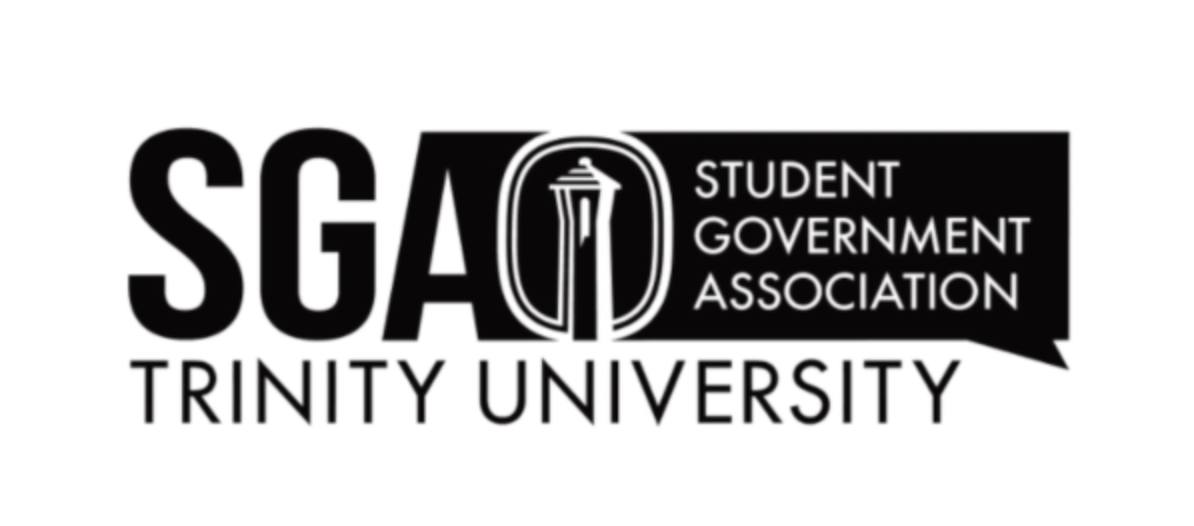At the end of last month, Trinity purchased 9.2 acres of land on which there are three karstic features, caves. Known scientifically as Cicurina baronia, the Robber Baron Cave Meshweavers are an endangered species found only in two locations in Bexar county, including the Oblate property.
When Trinity first became interested in purchasing the property, it was covered in hazardous waste. The spiders were first discovered when the previous owners, the Oblate brothers, began to remove the toxic soil from the surface.
“Before the Alamo Dome was built, that was the site of Alamo Iron Works, and when that was demolished, the dirt from that property was moved, and some people ended up buying the dirt or were given the dirt, and that dirt was used on the property to fill it in. When we were doing environmental looks at it, we asked that the owners scrape it off,” said Sharon Schweitzer, assistant vice president for external relations.
During the excavation of the hazardous waste, three karst features were discovered, although only one contained the endangered spiders. The cave was located where a building once was.
“The previous owners were working with U.S. Fish and Wildlife Service to determine if the karst features had been damaged by the hazardous materials in any way or if there was anything we needed to investigate before closing them up. The service approved closing up two of the features since there was no discovery in those. The third one, they put a protective concrete cap on, so the previous owner could monitor the karst feature but secure it,” said Gordon Bohmfalk, the director of campus planning and sustainability.
Once the spiders were discovered, the U.S. Fish and Wildlife Service created a biological advising team that will study the area and make recommendations on how to best preserve the species. David Ribble, a professor in the biology department, is part of this advising team.
“They called me because I know as much about the ecology of the hill country as anybody locally. The team gets together and discusses the best ways to preserve and, ideally, not just preserve, but institute things that will improve the chances that the species can do well and get off the endangered species list,” Ribble said.
The caves are made of karst limestone, which has many cracks. The first cave the spiders were found in is the Robber Baron Cave on Nacogdoches Road and runs all the way to the Quarry.
“The spiders live underground their whole lives. There’s no sunlight or anything like that that typically drives photosynthesis; rather, the carbon they get from external sources, and it’s that resource that then serves as the beginning of all these endangered species that live in there. It’s this unique ecosystem that’s beneath us that we don’t fully understand,” Ribble said.
Although there are no official developmental plans for the property, whatever is done will not negatively affect the species. The university will remain aware of the affects development will have on the spiders when creating plans for the property.
“It all depends on what we want to do with the property, and that’s something we’re not sure of. Whatever we do will be done with the knowledge of where the cave is, keeping our distance,” Bohmfalk said.
The university will keep in mind the effects of different types of waste, runoff and pollution to protect the species as best they can in the future.
“What we need to do, what Trinity needs to do and what Trinity is committed to do is that we don’t do anything on the property that would result in runoff running down into those caves, off the streets, off any parking, things like that,” Ribble said.
Now that the university owns the property, it will monitor the area before any plans are made and will continue to do so afterwards.
“The university is really aware and wants to be sensitive to the environmental, historical and residential contexts of the site. The university wants to be an example of a good steward of its resources and a good steward of the environment, and that extends to endangered species,” Schweitzer said.
Not only is the purchase a good opportunity for Trinity to expand physically in the future, but it is also a great opportunity for faculty and students on campus to do research.
“As a biologist, it’s really interesting because, I suspect, a lot of these spiders are living underneath us in these rocks, all around us, but we know so little about it. We can monitor and learn from them in our biology classes. I think by extension there will be spinoff for student involvement,” Ribble said.
Although the purchase and the prospect of study is exciting, the university intends to make best use of this land by carefully deciding how to develop it best. The decision to purchase was a chance for Trinity to take advantage of what is the only undeveloped land of that size in the area.
“It’s a wonderful opportunity for the university to have this property, to have some flexibility in the future, but the university has a number of projects on the campus property that will be addressed long before we do anything with the Oblate property “” the renovation of Chapman [Center] and Halsell [Center], those are important projects to the university, and starting to prioritize the elements within the recently completed Campus Master Plan.”






